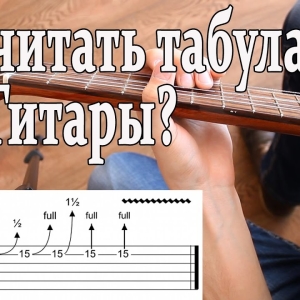One of the important in the study of school themes is a course concerning valence. This will be discussed in the article.
Valence - What is it?
Valency in chemistry means the property of the atoms of the chemical element to tie the atoms of another element. Translated from Latin - power. It is expressed in numbers. For example, the valence of hydrogen will always be equal to one. If we take the water formula - H2O, it can be represented in the form of H - O - N. One oxygen atom was able to associate two hydrogen atoms. It means that the number of connections that create oxygen is equal to two. And the valence of this element will be equal to two.
In turn, hydrogen will be bivalent. Its atom can be connected only with one atom of the chemical element. In this case, with oxygen. More precisely, atoms depending on the valence of the element, form a pair of electrons. How many such pairs are formed - such and there will be valence. Numeric value is referred to as an index. At oxygen index 2.

How to determine the valence of chemical elements on the table of Dmitry Mendeleev
Looking at the table of Mendeleev elements, you can see vertical rows. They are called groups of elements. Valence depends on the group. Elements of the first group have the first valence. The second is the second. Third - Third. Etc.
There are also elements with a permanent valence index. For example, hydrogen, a group of halogen, silver and so on. They must be learned necessarily.

How to determine the valence of chemical elements by formulas?
Sometimes it is difficult to determine the valence on the Mendeleev table. Then you need to watch a specific chemical formula. Take FEO oxide. Here both iron, like oxygen, the valence index will be two. But in FE2O3 oxide - differently. Iron will be trivalent.

It is always necessary to remember different ways to determine valence and not forget them. Know the constant numeric values. What elements they have. And, of course, use the table of chemical elements. As well as study individual chemical formulas. It is better to represent them in a schematic form: n - o - n, for example. Then the links are visible. And the amount of drops (dash) will be a numerical value of valence.

















